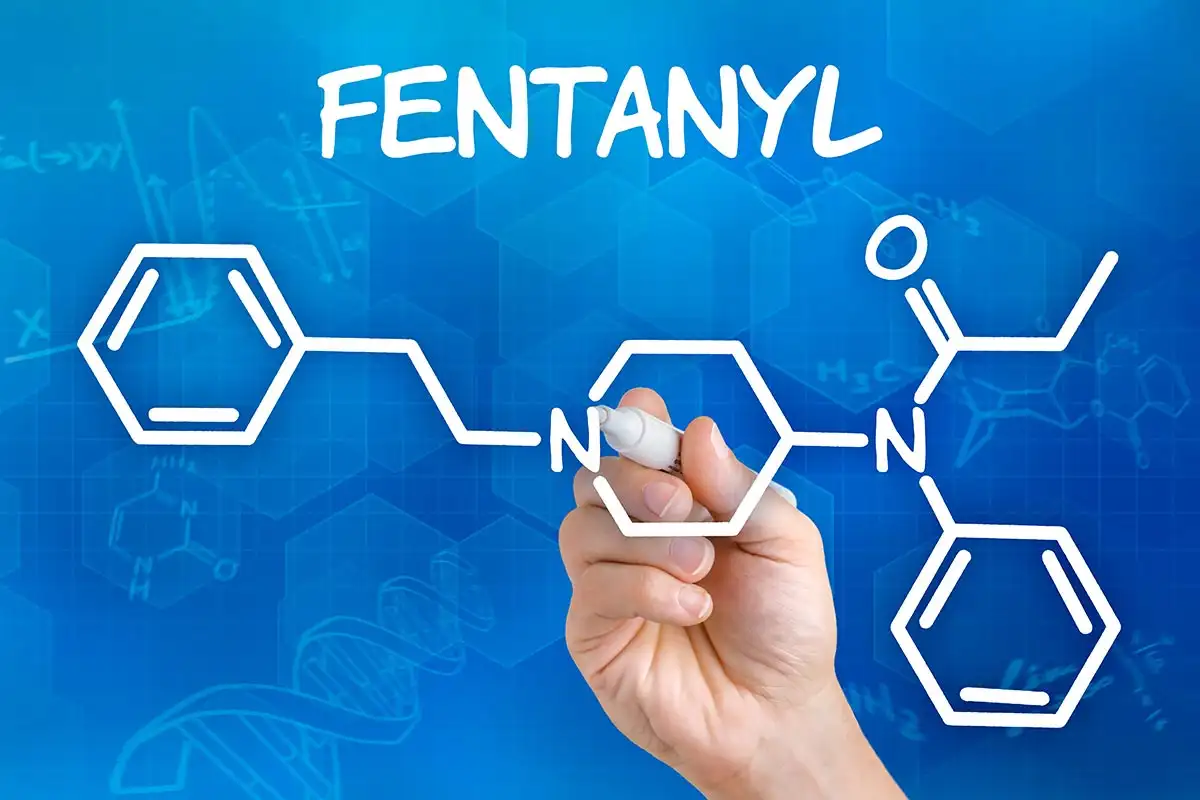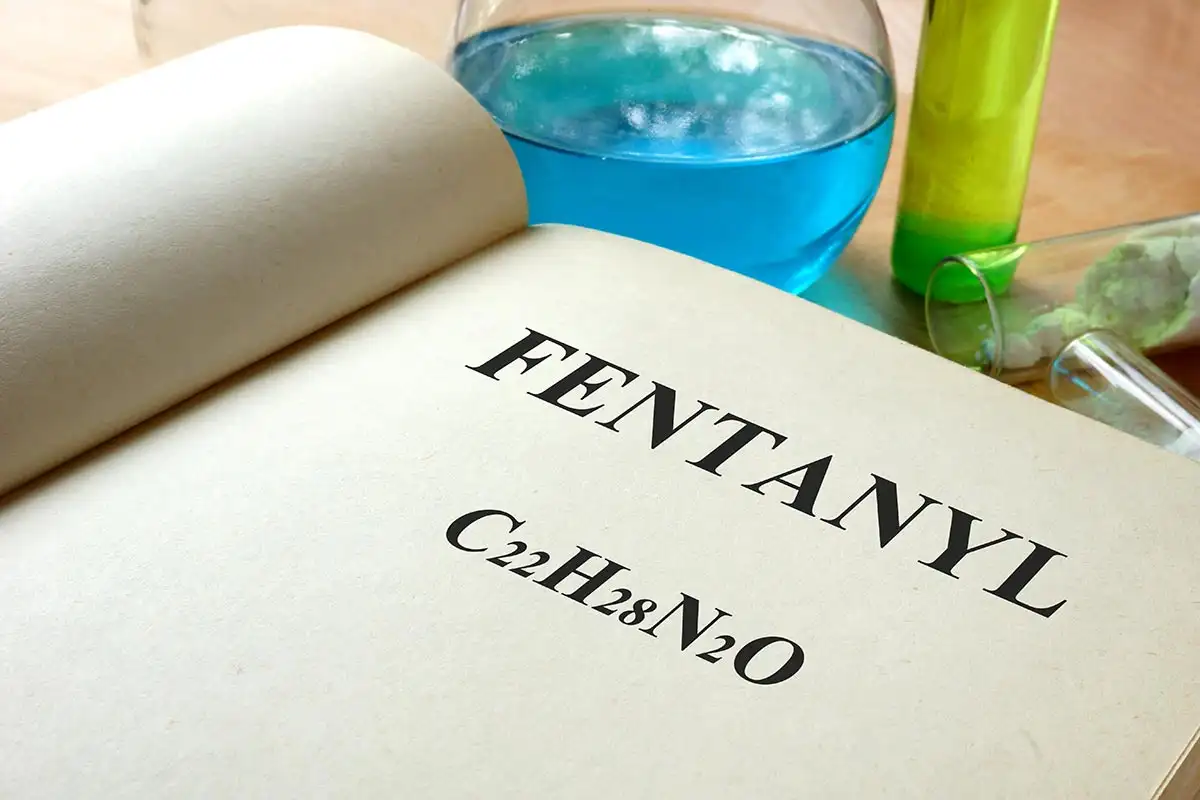Fentanyl Addiction Treatment

Fentanyl Addiction
Drugs based on Anilidopiperidine can bring wonderful relief to those who have unremitting, serious pain. There is usually no side effect except pain relief itself. On the other hand, when those drugs are misused by persons seeking a high, they are quite addictive and extremely dangerous. Fentanyl and its analogs (those drugs that are very similar) are classified by the U.S. government as being a Schedule II drug, which implies Fentanyl addiction is common for patients who extend its use beyond medical appropriateness:
- There is a high chance that the drug will be abused.
- There is a current accepted medical use for the drug.
- The abuse of this drug can result in severe physical or psychological dependence.
Anilidopiperidine-based Pharmaceuticals
- Fentanyl is the most potent opioid used commercially. Brand names include Sublimaze®, Actiq®, Durogesic®, Duragesic®, Fentora®, Ionsys®, Subsys®, Matrifen®, Haldid®, Onsolis®, Instanyl®, Abstral®, Lazanda® and others. Fentanyl is roughly one hundred times stronger than morphine. Fentanyl both begins to work and leaves the patient’s system quickly.
- Sufentanil® is a potent opioid painkiller that is now sold for intravenous use and for epidural anesthesia. It is five to 10 times more potent than Fentanyl. Sufentanil is more suitable for the elderly and those with kidney failure.
- Alfentanil®, also known as Alfenta is an injectable painkiller used with general anesthetics.
- Beta-hydroxyfentanyl is a Schedule I controlled drug that has no medical use that is recognized in the U.S. There is no accepted safety for use under medical supervision and there is a high potential for drug abuse.
- Carfentanil® is sold under the trade name Wildnil. It is used as a general anesthetic for large animals.


Why Fentanyl
Intravenous fentanyl is used in the operating room, intensive care wards and other pre-hospital medical settings. Fentanyl is used to begin anesthesia, along with drugs like Propofol. It is also used with other drugs for procedures like endoscopy, oral surgery, etc.
The Fentanyl transdermal patch is very effective in treating long-lasting, chronic moderate to severe pain. It is often used by cancer and arthritis patients. The patch releases the drug through the skin and into the body’s fats, which then release the drug slowly over 48 to 72 hours.
Fentanyl lozenges are sold on a stick and resemble a child’s lollipop. The drug dissolves slowly within the mouth. The lozenges are made for opioid-tolerant patients. There is also a spray to use inside the mouth.
Help for Misuse and Addiction
The misuse of Fentanyl and subsequent addiction began in the 1970s among members of the medical community. As a sign of its popularity among illicit drug users, more than a dozen analogs (those with very similar or identical composition) have been developed by illegal drug labs. The effect is similar to that of heroin, although it is reported that there is a reduced “high” effect and a more pronounced painkilling effect.
Fentanyl can cause death. Because its a very short-acting drug, those who use it regularly become addicted very quickly. It may be hundreds of times stronger than heroin available on the street and it can give the user much worse respiration depression. That effect makes Fentanyl more dangerous than heroin to recreational users.
Most drug abusers eat the drug from the patch, rather than apply it to the skin as intended. If the drug is applied to the skin, there is no “high” effect, only pain killing.
By taking in orally all of the three-day supply of the drug at one time, overdose is a constant danger. The drug can also be smoked, snorted or injected. Some drug dealers sell Fentanyl as heroin, which leads to more overdoses.
To overcome this abuse, the inventor of the Fentanyl patch designed a new Duragesic patch. This patch delivers the drug throughout the plastic matrix, instead of putting the entire drug into a reservoir as in the old patch. The new design makes abuse by drug users much less likely, as they are unable to access enough of the drug to produce the effects they seek.

